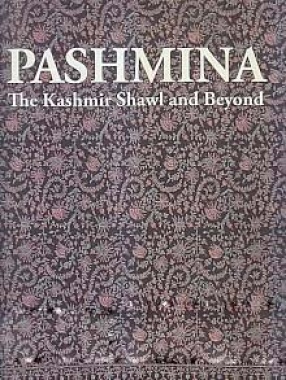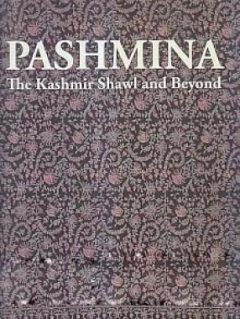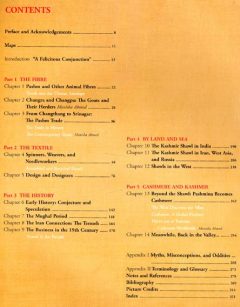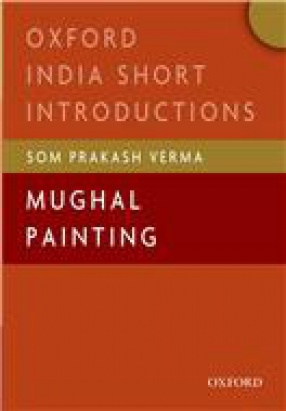The classic Kashmir shawl is among the most exquisite textile woven, the product of consummate skill and artistry applied to one of the world’s most delicate fibres. It has been an object of desire for Mughal emperors and Sikh maharajas, Iranian nobles, French empresses, Russian and British aristocrats and, eventually, for the increasingly prosperous bourgeoisie created on both sides of the Atlantic by the Industrial Revolution. It has left a permanent imprint on the aesthetic sensibility of the modern world in the so-called paisley, derived from a motif developed in the ateliers of Kashmir’s shawl designers.
This authoritatively study introduces the Kashmir shawl as cultural artefact with known history spanning four centuries, and a geographical reference from Tibet to the United States. The authors’ original research lays many persistent myths to rest. Monisha Ahmed provides the first authentic account, based on years in the field, of the production of the raw material, pashm or "cashmere". Janet Rizvi shows how the manufacturing technique of the shawl is rooted in skills indigenous to Kashmir’s villages, and invites the reader’s sympathy with the weavers whose skilled fingers created these amazing textiles, but who were themselves the poorest and most exploited section of the people. She traces the development of technique and design, takes a fresh look at the nature and use of the shawl in Mughal India, and analyses the structure of the industry in the 19th century. Her research reveals the extent of the trade in shawls to Iran and the Ottoman Empire long before they became an article of high fashion in the West. finally, she documents the recent revival in Kashmir of ancient skills believed to have died out.
Lavishly illustrated and accessibly written, this book has much to offer textile scholars, and those interested in the history of Kashmir, or of India’s material culture or its pre-modern trade. It will also delight anyone who has ever owned or admired a shawl from Kashmir.










There are no reviews yet.